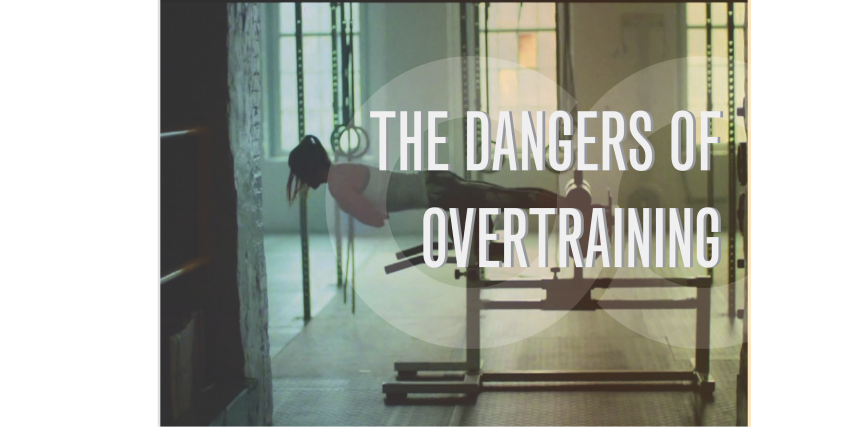The Dangers of Overtraining

You don’t need to make gains every time you workout. Far too often I see guys and gals at my gym working out as if they are competing in the Olympics. They are attempting to lift extreme weight that clearly their bodies aren’t ready for. I also see them training to such physical exhaustion that they can barely walk out of the locker room after their workout. I am sure that my gym isn’t the only place where this goes on. Our society is plagued with the desire to be the biggest, the strongest, and the fastest; and too many individuals think the only way to achieve their physical goals is by training at such extreme levels. This “making gains” mentality is not only counterproductive but can also be dangerous and lead to serious injury and functional limitation down the road.
Contrary to what many of these individuals think, there is such a thing called overtraining, which can be very inhibitory to anyone’s personal fitness goals. But why? Simply put, healthy muscles need consistent stimulus for optimal muscle function and ability to be strengthened. That level of stimulus will differ from person to person and by an individual’s baseline physical fitness level. However, there is a breaking point, when too much stimulus becomes detrimental. To help illustrate this further, think of the effects sun has on your skin. A little time spent in the sun is actually very beneficial. It promotes production of vitamin D and healthy blood flow. But there is a point in which the amount of time spent in direct sunlight starts to be detrimental and skin starts to become damaged and burnt. This is the same with muscles. There is an optimal amount of work for a muscle to perform in order to maximize functionality and strength benefits. When the amount of work reaches the breaking point, it will induce more harm than good for the muscle, and thus, the muscle becomes over trained.
Over trained muscles will stay in a constant state of tension and tightness. As a result, this limits the ability of the muscle’s fibers to actively contract and elongate. Joints will also be pulled out of alignment due to the forces that tight muscles create, leading to a myriad of muscular insufficiencies. When this happens, muscles lose their ability to work properly and thus strengthening will be sub-optimal. This will lead to development of compensatory strategies, muscle imbalances, and increased risk for muscle injury (then musculoskeletal dysfunction). It will also be more difficult to properly release, thus inhibiting the muscle’s ability to properly recover.
One thing I always tell my clients who have developed musculoskeletal dysfunction as a result of overtraining is to approach exercise and fitness with a different mentality. Try to think of a physical fitness regimen like training for a marathon. It would be impractical to run 26.2 miles every day. Your body would simply burn out and break down. It is ok to do less at the gym as long as there is consistency over a long period of time. Bottom line, when it comes to physical fitness, sometimes less is more. And with this mindset you will preserve your body and most likely stay away from my treatment table.